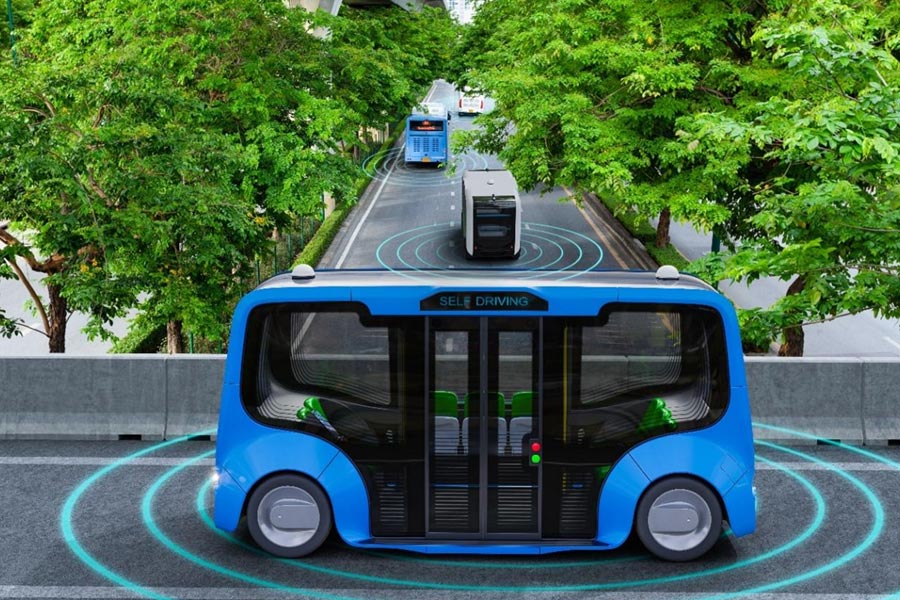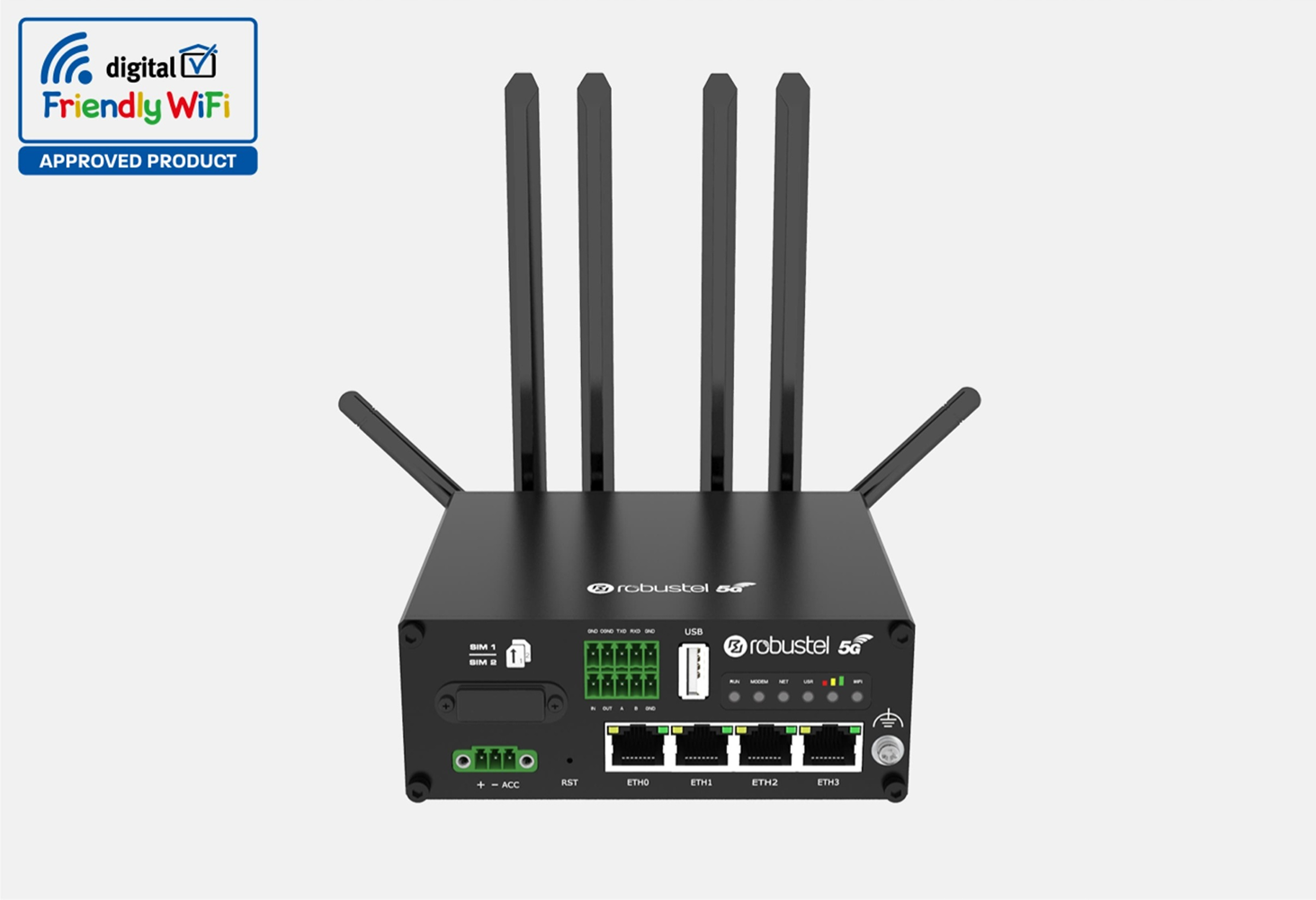Autonomous driving is shaping transportation in today's fast-changing environment. It offers endless ways to make transportation safer, more efficient, and greener. Autonomous shuttle bus networking solution is one such idea that can help in transforming the future of public transportation.
Imagine a transportation system where shuttle buses navigate crowded city streets automatically, seamlessly engaging with each other, pedestrians, and traffic infrastructure to generate a smooth flow of traffic.
Advanced networking solution allow autonomous shuttle vehicles or smart public transportation to intelligently communicate and collaborate, making this vision a reality.
In this article, let us discover how autonomous shuttle bus networking solution can help in transforming the future of urban transformation.
How Autonomous Shuttle Bus Networking Solution can transform Public Transportation?
Public transportation plays an important role in commuters around the world. However, the traditional public transportation are commonly facing a lot of challenges such as congestion, inaccessibility, and inefficiency.
On the other hand, autonomous shuttle bus networking solution can help in solving these problems and changing the future of urban transportation.
Here are the benefits of autonomous shuttle bus networking solution:
- Enhanced Efficiency
With high-speed, stable and reliable data connection, autonomous shuttle bus networking solution improves public transportation efficiency by enabling smart coordination and synchronization among autonomous shuttle buses.
Based on traffic and passenger demand, these connected buses may dynamically modify routes, speeds, and pick-up/drop-off spots. Coordination lowers idle time, overlap, and resource use, improving operational efficiency.
- Reduced Traffic Congestion
Traffic congestion is a major challenge in transportation system, this often leads to delays and frustration among commuters.
Autonomous shuttle bus networking solutions can smoothly integrate with traffic control systems to solve this problem. These smart shuttle buses can interface with infrastructure and other vehicles to efficiently navigate busy roadways.
These systems reduce traffic congestion and improve travel by synchronizing traffic signals and adjusting routes in real time.
- Improved Safety
Autonomous shuttle bus networking solution enhance public transportation safety. These buses can identify pedestrians, bikers, and other traffic dangers using modern sensors. These networked buses allow communal decision-making, lowering accident risk and making passengers and other road users safer.
- Environment Sustainability
Autonomous shuttle bus networking solution promotes environmental sustainability. These solutions optimize routes, reduce fuel usage, and promote the use of electric or hybrid cars, lowering carbon emissions and environmental impact.
Autonomous shuttle bus networking solution help green cities by increasing public transit and minimizing vehicle usage.
- Integration with Smart City Initiatives
Smart cities use data-driven technology to enhance urban life and these includes integration of autonomous shuttle bus networking solution.
These smart buses can effortlessly interact with smart city infrastructure including traffic control systems, IoT devices, and data analytics platforms. This integration makes public transport systems part of the smart city ecosystem, enabling effective resource allocation, urban planning, and real-time decision-making.
Robustel’s Solution to the Future of Public Transportation: Autonomous Shuttle Bus Networking Solution
Using modern technology and connectivity, autonomous shuttle bus networking solution can revolutionize public transportation. With its high speed connectivity, high reliability, and remote operation and maintenance, autonomous shuttle bus networking solution can support the change.
This solution allow autonomous shuttle buses, traffic control systems, and passengers to communicate seamlessly using Robustel 5G IIoT Gateway.
To begin with, the camera is connected to the Robustel 5G IIoT Gateway via Ethernet. The camera and other connected devices communicate via the Robustel 5G IIoT Gateway.
The router sends the camera's real-time video surveillance data via 5G cellular network. Then, the management platform receives real-time video surveillance information,
Data from the camera and other connected devices is used by the management platform to deliver insights. It shows device locations in real-time, helping autonomous driving providers monitor and operate shuttle buses.
Top Key Features of Robustel’s Autonomous Shuttle Bus Networking Solution
High-speed Connectivity
The Robustel 5G IIoT Gateway offers numerous connectivity options, including wired, wireless, and 5G cellular networks. When combined with the link management feature offered by RobustOS, it offers reliable high-speed data transmission channels for a variety of networking scenarios.
High Reliability
The whole device has been put through rigorous testing for high/low temperature, vibration, and electromagnetic interference. It uses an industrial-grade design. It can provide reliable data transfer while withstanding adverse environmental effects.
Remote Operation and Maintenance
By offering comfortable and quick real-time monitoring, remote diagnosis, and other services, Robustel's self-developed RCMS device management platform enables maintenance professionals to execute equipment maintenance tasks without travelling to the location.


